We were aware of the arts, crafts, weaves, and colours of Bhuj. Thus, when we came to know that we were to visit the Chhatardis of Bhuj we did not know what to expect! And it was not just us. We were a team of about 20 influencers who were part of the first-ever All India Influencers Conclave in Ahmedabad, Gujarat. As delegates of the Conclave, we visited the Rann Utsav and the breathtaking White Rann of India. On our way back to Ahmedabad, we stopped at Gandhi nu Gam and saw the traditional Kutch lifestyle of the Meghwal community here. We also visited Nirona Village and were enriched by seeing the source of many of the traditional handloom and handicrafts that we had always admired.

Yet, none of the influencers knew about the Chhatardis in Bhuj. Moreover, it was lunchtime and we were famished. We were craving a lavish Gujarati thali. However, this trip was throwing so many pleasant surprises that we did not want to miss out. So it was majorly FOMO, that just motivated us to visit the Chhatardis. And we are glad that we stopped and saw something completely new.
Contents
What are Chhatardis?
Chhatardis are elaborate structures that were built in honour of a person of importance after their demise. These are not exactly tombstones since, after the cremation, there were no remains that would be buried. It was more like an empty grave, or a cenotaph in memory of the king, other members of the royal family, and nobles.

The word Chhatardis has perhaps been derived from the word “Chhata”, which, in many Indian languages, means the umbrella. Most of the Chattedis would have an ornamental canopy on the top which could explain their resemblance to umbrellas.
The size and grandeur of a Chhatedi would depend upon the affluence of the family and the importance of the deceased. After visiting the Chhatedis at Bhuj, we recalled that we had seen gorgeous Chhatardis at Bikaner as well.
Royal Chhatardis of Bhuj
The Chhatedis were built of red sandstone and were a fusion of Mughal and Rajput styles. These were constructed in honour of the valiant warriors of Rann of Kutch which was ruled by the Maharao clan. We saw that area was like a complex with a cluster of ornamental sandstone structures dedicated to the king and other members of the royal family. The Chhatardis or umbrellas were to provide shade to the royal deceased on their last journey as well as to provide relief from the scorching heat of this region.
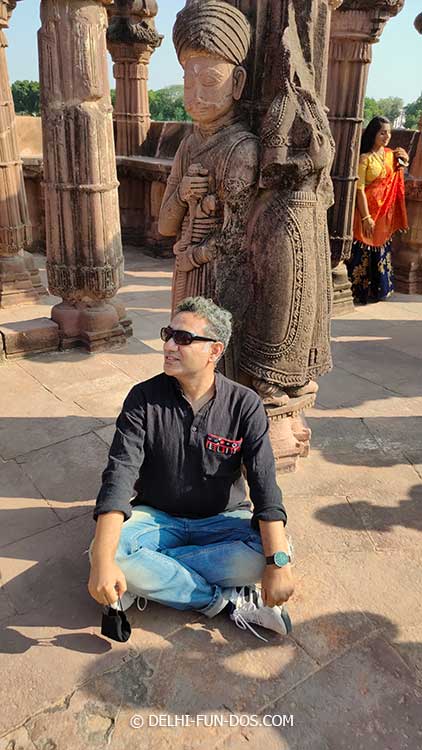
The monuments built in honour of the king and his wives were elaborate and richly carved. These structures were a clear reflection of the flamboyant lifestyle of the royalty here. Many smaller structures were built in honour of other members of the royal family.
The most elaborate structure that we saw was in honour of Lakhpatji. Raja Lakhpat died in the year 1796. Legend has it that his 15 wives committed sati and burnt themselves in his funeral pyre.
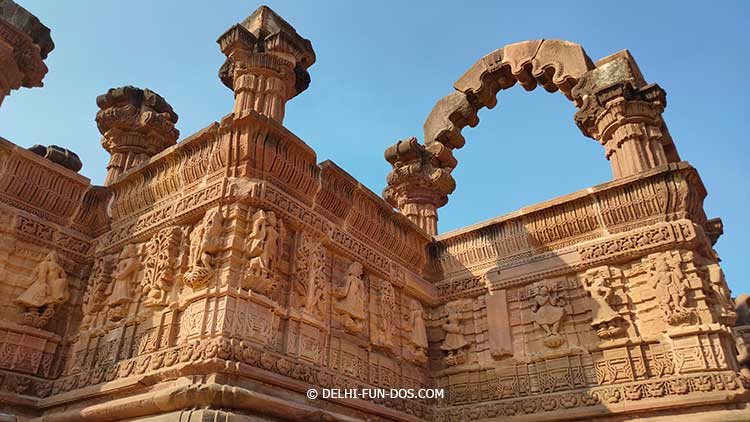
The grandest chhatedi in this complex had statues of Lakhpatji and all his wives. The carvings depicting men and women in Gujarati clothing were so lifelike. We had not seen this style of stone carvings elsewhere in Gujarat. No wonder, the Chhatedis blew our minds. The carvings also included deities, war scenes, dancers and musicians, scenes from hunts, and floral patterns.
The devastating Bhuj earthquake of 2021 was cruel to the Chhatedis. Many of the Chhatedis broke to rubble. Some survived but their domes and canopies were destroyed. Hence presently there is no ceiling on these Chhatedis.
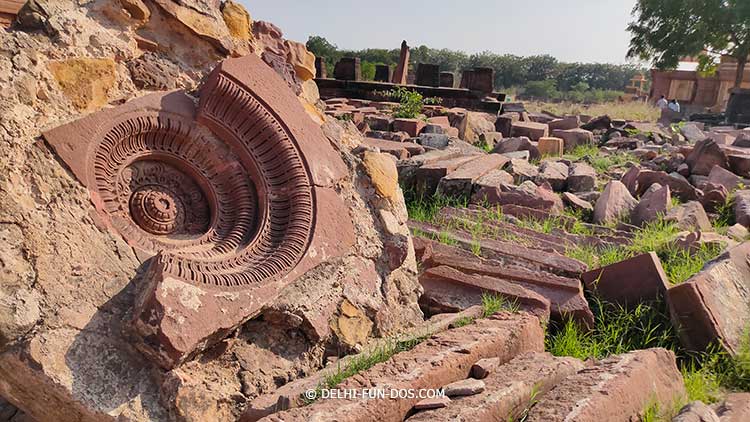
Yet, whatever remained, is still enchanting and a rich reflection of another era.
Chhatardis of Bhuj in Bollywood
The monument became very famous when the renowned Bollywood director Sanjay Leela Bhansali chose it to shoot a part of his acclaimed movie Hum Dil De Chuke Sanam.
Pro Tip: As for visitors shooting still photos is allowed but videography is prohibited. One must seek special permission to shoot videos at Chhatedis of Bhuj.
How to reach the Chhatedis of Bhuj
The Chhatedis are located on the outskirts of the town of Bhuj, near Hamirsar Lake. The nearest railway station to this spot is Bhuj. Bhuj has an airport as well but with few flights. If you wish to take a flight, you would get more options if you fly to Ahmedabad about 300 km from here. From Ahmedabad, you can travel here by road.
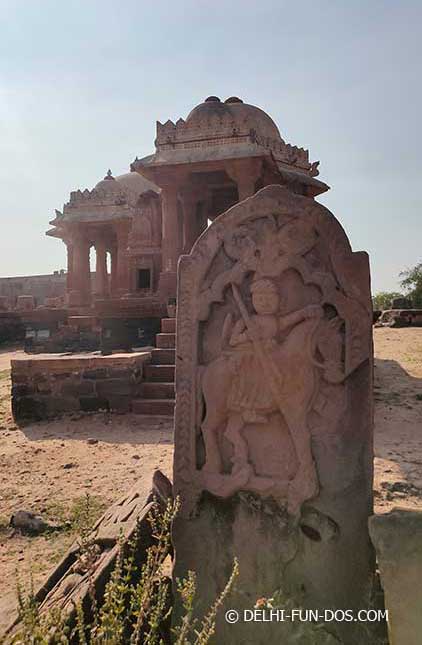
There are so many things to do in Bhuj and Kutch that one is spoilt for choice. Yet, we felt that if we had missed the Chhatedis, it would have been a big loss. We were totally mesmerised by their beauty. The high craftsmen were reflective of the affluence of this part of India. Even after the damage through earthquakes, the structures that still stand don’t fail to mesmerise.
Many couples were here just to take pictures, perhaps for a pre-wedding shoot. In fact, this place was one of the most picturesque sites we visited in Kutch. We would call the Chhatedis a hidden treasure of Kutch that you should not miss. Only word of caution – please avoid the Chhatedis in summer. The structures do not have any ceiling and there would be no respite from the heat. Any other time, the Chhatedis of Kutch is architectural heaven.
PIN IT FOR LATER READ
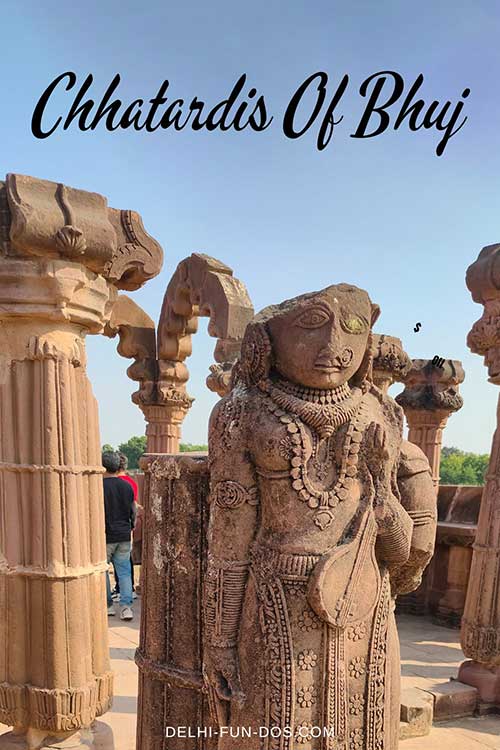

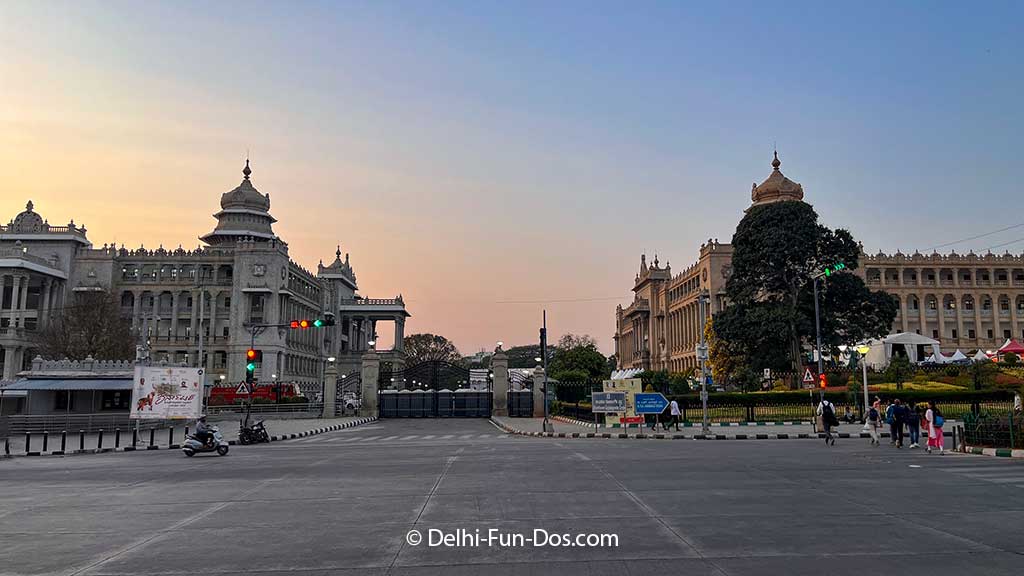
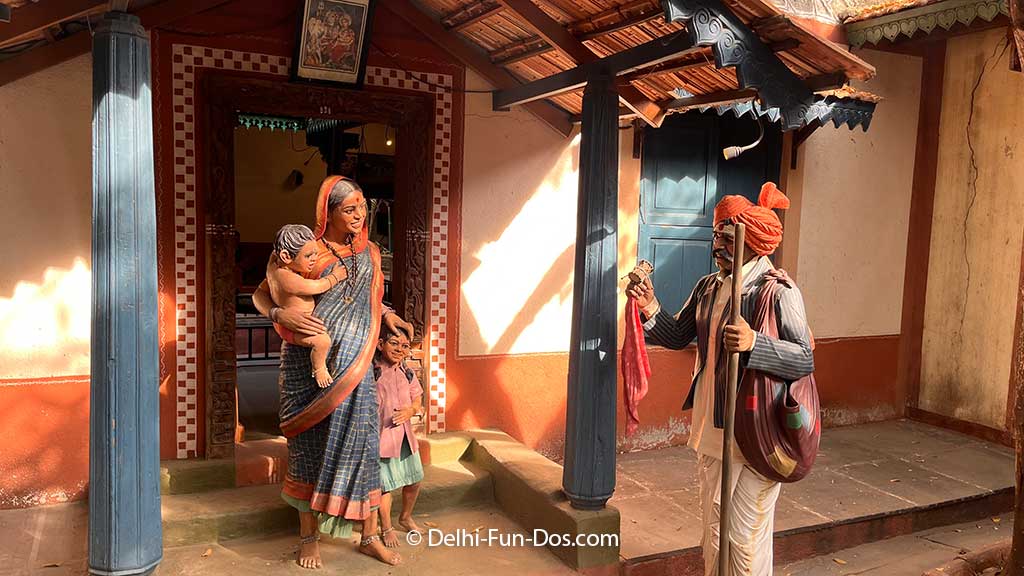
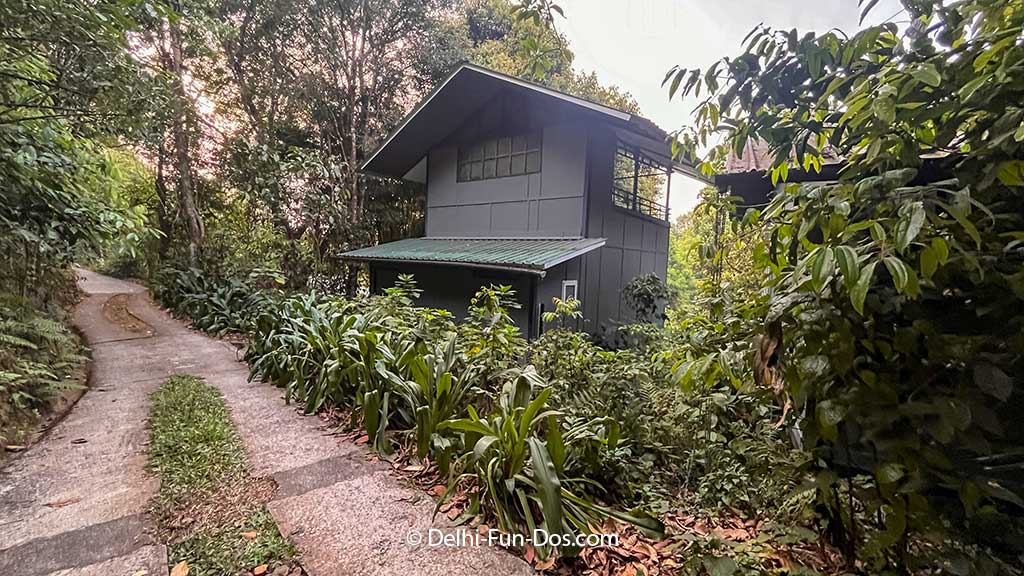
Those structures are absolutely beautiful! I would love to travel more and visit places like this that I know I won’t forget. Thank you for sharing
Our pleasure 🙂
Aaaahhhhh…I am gutted at the news of the earthquake that shattered these beauties in Gujarat! Thank you for sharing about them. They are so beautiful!
The earthquake was heart-wrenching
I’ve never heard of these before, but they look so interesting! I love looking at ancient architecture and the detail they used to use.
Classic instance of God being in details.
So many things to see and do in India! I haven’t traveled there yet, but will someday.
You must!
What a neat historical place! Such fascinating history there, and so much to see. I hadn’t heard of this before.
Must visit for a history-buff
This looks so cool. I didn’t know about this place until now and seem something interesting to visit. Thank you for telling about it as well.
Interesting with mystery.
That’s really cool that there’s an All India Influencers Conclave in Ahmedabad. First time hearing of Ahmedabad. Happy New Year!
Ahmedabad is India’s first UNESCO Heritage City.
Oooh, very interesting! I’d love to see these empty tombs. They seem very sacred. Where did they keep the ashes after they were cremated?
It is the common practice among Hindus in India to immerse the ashes in a river but can’t say with certainty that was followed here.
I don’t remember seeing these in Hum dil de chuke sanam. Time for a rewatch, I think.
Indeed!
I was in gujrat for 2 years and maine kya hi kia. I hardly covered any place so whenever I see you posting about places in gujrat I regret that how clumsy I was. Tbh, I had no idea for this place in Bhuj. It’s beautiful and loved the deets.
Time for another trip 🙂